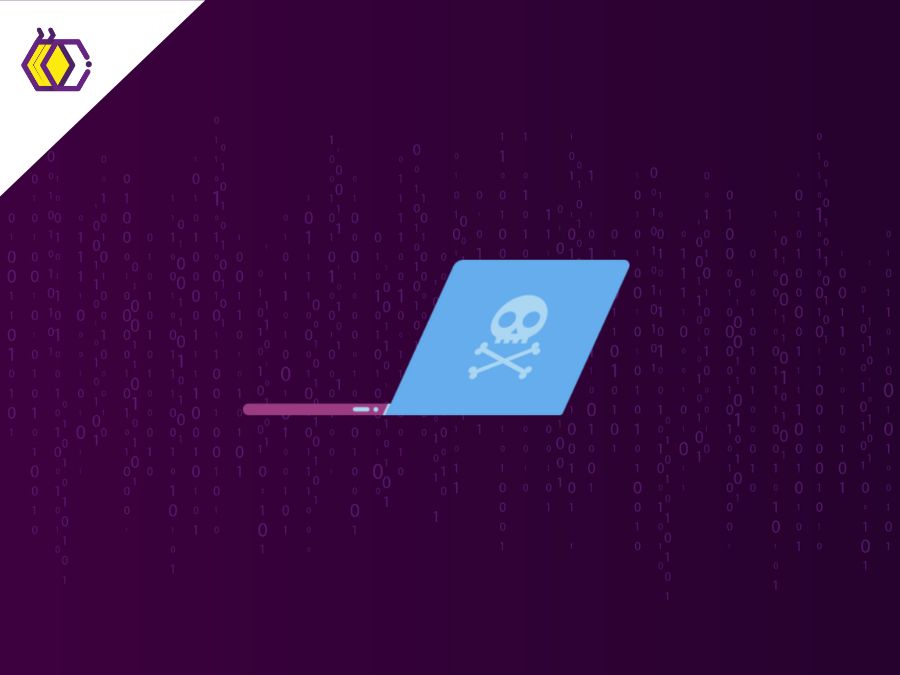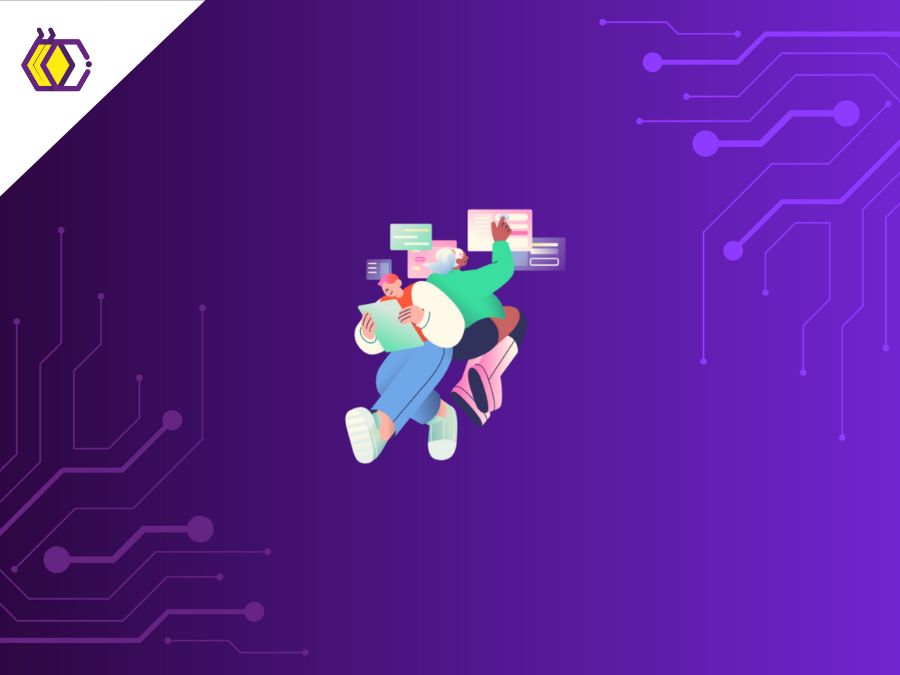
Cycles of an IT Project
(7 minutes of reading) In a dynamic and innovative scenario, Information Technology (IT) projects resemble complex journeys, requiring a deep understanding and a strategic approach on the part of developers. Each project follows a sequence of crucial cycles, delineating from meticulous planning to continuous evolution in the maintenance phase. These cycles not only represent linear stages, but a saga full of challenges and achievements. In this article we will explore each of these phases of a project, from laying the groundwork in the planning phase to continuous adaptation in the maintenance phase, highlighting the importance of each stage and how developers play key roles in ensuring success and innovation in IT projects. Join us on this journey of in-depth understanding of the intricate cycles that shape the fabric of contemporary technological projects. PLANNING PHASE – ESTABLISHING THE BASIS During the initial planning phase, developers play a crucial role in laying the solid foundation that will guide the entire IT project. This stage is characterized by a deep immersion into the essence of the project, where synergies between developers and stakeholders are fundamental. Intensive collaboration at this stage is essential to understand not only technical requirements but also broader customer expectations and goals. By using tools like Gantt charts, developers can create a detailed schedule that not only defines time milestones, but also establishes a logical sequence of activities. The flexibility, provided by agile methodologies such as Scrum, allows agile adjustments in response to inevitable changes. The success of this phase is intrinsically linked to the ability to translate a deep understanding of the customer's needs into measurable objectives and the clear definition of goals to be achieved. This planning phase not only outlines the initial path but shapes the foundation that will sustain the IT project from conception to successful implementation. DEVELOPMENT PHASE – CODING AND CREATIVITY In the exciting phase of development, developers take on the challenge of turning visions and requirements into tangible reality through coding. Coding is, without a doubt, the epicenter of work at this stage, where lines of code become the operational essence of the planned solution. The vitality of this phase is enhanced by the adoption of agile development practices, a paradigm that has become indispensable in the contemporary scenario. Sprint planning, a process in which specific goals are established for a defined period, provides clear direction for coding efforts. Regular code reviews ensure compliance with established standards, promoting code cohesion and quality. Continuous integration, in turn, enables a dynamic approach, allowing quick adjustments in response to sudden changes or insights during the development process. In this phase, developers not only code but also cultivate creativity and adaptability, which are essential to ensuring the project's continued success. PHASE OF TESTS – GUARANTEING QUALITY In the testing phase, quality, considered the backbone of any IT project, plays a preponderant role. This stage is dedicated to rigorous evaluation of the solution, where operational effectiveness is meticulously tested. Unit tests come into play to validate the functionality of individual units of code, ensuring that each piece of the puzzle contributes to the whole correctly. Integration tests, in turn, examine the harmonious interaction between these units, ensuring that the system as a whole works cohesively. The phase reaches its peak with user acceptance testing, in which the solution is subjected to practical evaluation by end users, ensuring that it meets their needs and expectations. Test automation plays a crucial role in this phase, streamlining the process and enabling comprehensive coverage. This automated approach not only speeds up the identification of potential failures, but also enables repeatable and consistent testing, providing reliable validation of the solution. Early detection of issues during the testing phase not only contributes to development efficiency, but also saves time and resources by preventing the introduction of defects in the implementation phase. Therefore, the testing phase is not just a checkpoint, but an essential safeguard to ensure that the solution is robust, secure, and bug-free before being released into the production environment. IMPLEMENTATION PHASE – LAUNCHED INTO THE REAL WORLD In the long-awaited implementation phase, the IT project makes a crucial leap from the development environment to the real world. This step marks the culmination of collaboration between developers and operations teams, a vital union to ensure the transition is smooth and seamless. Meticulously planned strategies come into play, often favoring gradual implementation to minimize risks and mitigate potential adverse impacts. Close collaboration between technical and operational teams is critical to coordinating the release of the solution, ensuring that each component is integrated effectively into the production environment. Gradual implementation allows you to evaluate the solution's performance as it is released, enabling immediate adjustments to optimize the user experience and fix potential issues. Constant monitoring is a centerpiece of this phase, ensuring the solution scales efficiently in response to real-world demands. Responding quickly to emerging issues and continually adapting is key to ensuring end users have a seamless experience from the first moment. The implementation phase is not just about rolling out a solution, but about ensuring it integrates seamlessly into the environment it was intended for, delivering tangible benefits to end users and operations. MAINTENANCE PHASE – CONTINUOUS EVOLUTION In the maintenance phase, the journey of an IT project transcends simple launch, extending beyond the initial implementation horizon. At this stage, developers assume the crucial responsibility of ceaselessly monitoring the solution's performance, creating a dynamic atmosphere of continuous evolution. This phase is intrinsically linked to the ability to respond quickly, anticipate challenges, and proactively adapt to changing user needs. Continuous monitoring is not just limited to performance metrics; it also encompasses the meticulous collection and analysis of user feedback. This direct feedback from end users is an invaluable source of insights, providing an in-depth understanding of how the solution is being used in practice. The ability to identify and correct potential problems quickly and efficiently is the essence of the maintenance phase. Feedback collection is not just reactive; it serves as a compass for continuous updates and improvements. Developers, armed with this information, can direct their energies to improving usability, correcting unforeseen failures, and incorporating new functionalities, keeping the solution relevant and aligned with user expectations. This maintenance phase is not just a routine task, but a proactive approach to ensure that the solution remains not only operational, but also adapted to the evolving technology landscape and changing user needs. By focusing on this continuous evolution, developers not only preserve the effectiveness of the solution, but also solidify its contribution to long-term innovation and excellence. CONCLUSION By understanding and embracing each of these cycles, developers not only contribute to project success, but also seize the opportunity for continuous learning. Each phase offers unique challenges, stimulating professional development and improving technical skills. By taking a holistic approach to IT project cycles, developers become effective agents in creating innovative solutions and overcoming the dynamic challenges of the world of Information Technology.
Share this article on your social networks:
Rate this article:
Other articles you might be interested in reading
- All (185)
- Career (38)
- Competitions (6)
- Design (7)
- Development (112)
- Diversity and Inclusion (3)
- Events (3)
- History (15)
- Industries (6)
- Innovation (38)
- Leadership (8)
- Projects (23)
- Well being (18)

Cloud Computing and Digital Transformation and Social Impact
(5 minutes of reading)
In recent years, we have witnessed a quiet revolution that is fundamentally reshaping the way we live and work. At the center of this transformation is cloud computing, a technological innovation that transcends physical limits and opens up new horizons of possibilities. This text will talk about this subject that is transforming the IT area. Come read!...

Tech in Education
(9 minutes of reading)
In the contemporary educational landscape, technology plays an increasingly crucial role, revolutionizing not only the way students learn, but also how educators teach. As we adapt to a digitally connected world, new trends are emerging that promise to further transform the way education is designed and delivered. Come read this text to learn about the latest trends in educational technology and explore their impact on student development and the evolution of teaching. Come with us!...

Ethical Software Development
(5 minutes of reading)
Developing software is a complex activity that goes far beyond simple coding. It involves a meticulous process of planning, design, implementation, testing and maintenance to create reliable, efficient, and secure systems. However, in addition to seeking functionality and performance, developers must also carefully consider the ethical aspects of the software they are creating. In this text we will talk about ethics and responsibility when developing software. Come read!...

Balance Between Professional and Personal Growth
(6 minutes of reading)
In a world driven by the constant search for professional success, we often find ourselves immersed in our careers, forgetting the fundamental balance between professional and personal growth. As we dedicate hours to coding, solving problems, and advancing our technical skills, it's essential to remember that our journey as human beings go beyond the lines of code. Come read our text and see super cool tips on how to achieve this balance!...

How to Highlight Programming Competition Awards on your CV
(6 minutes of reading)
In a field as dynamic as software development, it is crucial to stand out from the crowd. An exceptional way to do this is through recognition and awards won in competitive programming competitions. In addition to demonstrating your superior technical skills, these awards attest to your ability to solve complex problems, collaborate as a team, and deliver exceptional results under pressure. Today we will talk about the curriculum and competitions, are you interested? Come with us!...

Open Source and Collaboration
(5 minutes of reading)
If you're ready to start exploring the world of open source, be aware that you will encounter many learning opportunities and challenges. Collaboration is at the heart of this environment, driving innovation and influencing the direction of technology. Come read our text to find out more about this subject!...

 Innovation
Innovation 

